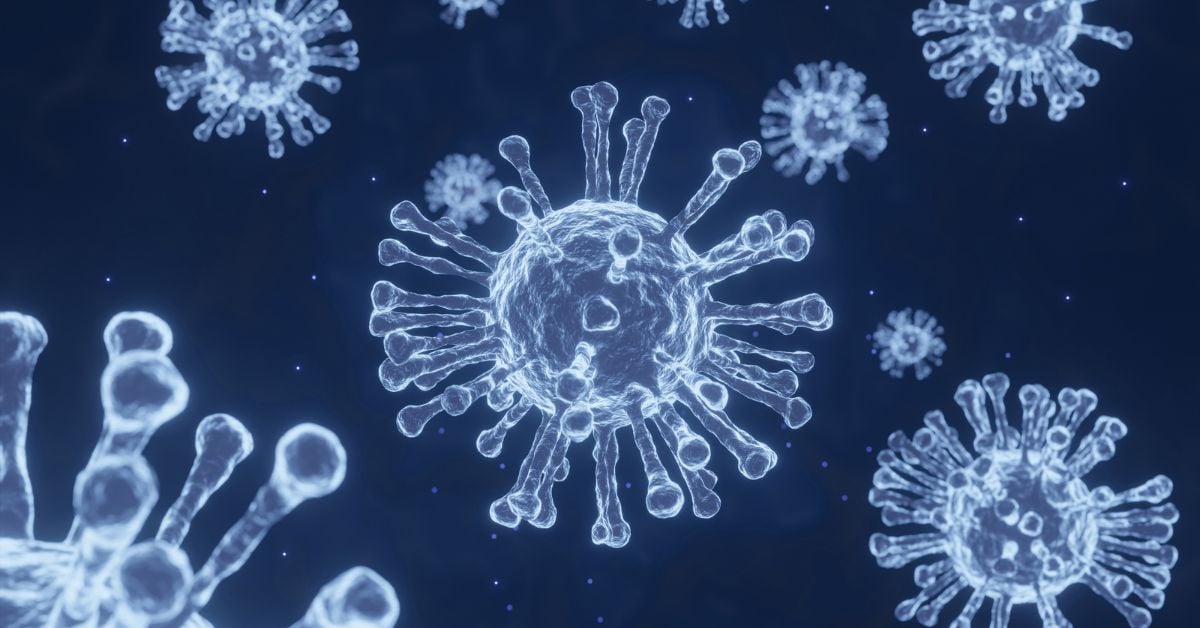In developing the Neurovine concussion recovery solution, we’ve spoken with clinicians from many different fields to understand how our technology can best support their patients’ recovery. These conversations always seem to uncover gaps in concussion care and treatment pathways that could prevent concussed patients from getting the help they need.
Our focus groups with physical therapists earlier this year revealed a prominent issue with access to care: the lack of awareness around the importance of physical therapy in concussion recovery.
We asked physiotherapists in our focus groups about the benefits, challenges, and processes behind treating concussed patients. We also had the pleasure of speaking one-on-one with Nicol McNiven, a physiotherapist at Evolution Physiotherapy and Crossfit Closer in Kanata, Canada. We compiled some of the highlights from these conversations in this blog.
HOW CAN PHYSICAL THERAPY HELP CONCUSSIONS?
Let’s go through what physical therapy might look like for a newly concussed patient, according to Nicol:
Assessment
Generally, patients will first be assessed to allow the physical therapist to determine their symptoms and the severity of those symptoms.
“Think of it like an ankle sprain: that we’ll test the way you move and say, ‘ok it hurts in this direction and this direction, we’re going to start training to make it feel better, but not go [for a] run where you’re going to flare it up and reinjure it’ – the brain kind of works the same way.”
NICOL MCNIVEN
Physiotherapist
Evolution Physiotherapy
A series of tests are used to identify how the concussion is affecting the patient. The functions tested for symptom triggers include:
- Spinal: We try to rule out whether neck pain is being caused by whiplash or the concussion itself, or a bit of both. We assess the range of motion and the strength of the neck.
- Vestibular: We check to make sure the small vessels in the inner ear weren’t dislodged by the hit. If those vessels are moving around, it causes dizziness, especially when moving from lying down to sitting up.
- Vestibular Ocular Reflex: How are the brain and eyes working together? We assess whether the eyes adjust with the movement of the head (problems here are very common).
- Ocular System: Can the eyes switch their focus from different distances without causing symptoms?
- Sensory Integration: These tests assess balance and demonstrate what the brain can feel about the body’s movement – and how that information is being processed.
- Autonomic Nervous System: Using a heart rate monitor, we determine whether the body can control its fight or flight reflex.
Brain injury can affect just about anything in the body, so the physical therapist’s goal is to identify what “routes” are flaring up. Once the affected systems are identified, the goal becomes managing them to keep their exertion below the threshold at which the symptoms are triggered.
Assessments can be very draining for concussion patients because finding their exertion limits often involves triggering those limits – leading to an onset of symptoms. But determining at what limits symptoms “turn on” is a crucial part of creating an effective recovery plan that keeps the brain safe while it heals.
“We want to identify that threshold so that you can go and do activities and know when you can stop so you're not hurting yourself every time you do something,” said Nicol.
Treatment
Concussion physical therapy centers on aligning symptom management with recovery goals, much like the physical therapy treatment of a dislocated shoulder or sprained knee.
“The brain is something that needs slow, adaptive, progressive steps to heal,” said Nicol.
The general consensus from our physical therapist focus groups was that it can take three to six months to see improvement with post-concussive syndrome, but closer to six months and longer for recovery. Physical therapy approaches concussion treatment with progressive exercises because, just like any other muscle injury, exceeding an exertion threshold sets back recovery time.
Building progressive exercises starts with finding the exertion limits. Nicol explained this part is very similar to treating any other muscle injury. It’s like picking up a weight: how long can the weight be held for? How heavy can they go, or fast can they do the exercise?
Applied to concussion recovery, that might look like a reading test that switches up intensity (a picture book vs. a light fiction vs. a textbook), length of time reading, or font size. Determining what variables trigger symptoms helps to set reasonable, measurable activity boundaries.
The physical therapists in our focus groups all called for more patient education around overexertion because it’s a critical factor in recovery but also often very hard to gauge. Education is paramount because once patients leave their appointment, they’re now in control of their recovery. They need to feel prepared with the tools and information to know their limits and the importance of staying within them.
This has been one of Neurovine’s main focuses in developing supportive concussion recovery technology.
Referrals
Physical therapists can refer their patients to other specialists to address specific problems. For example, if a patient is experiencing a lot of discomfort looking at a computer screen, a physical therapist can triage them to an optometrist, making sure they get the help they need.
Brain injury can sometimes require a whole team of different healthcare professionals to provide comprehensive care for a full recovery. Collaborative treatment could be a necessary approach.
CATCHING CONCUSSIONS EARLY
“I've been doing concussion management for about six years, and I've never seen someone have a bad outcome that we saw early on. “
ALLEN HICKS
Clinic Owner
Evolution Physiotherapy
“Anyone that we see month one, I've never seen a bad outcome. But I've seen lots of bad outcomes with people that we see six months post-concussion, or sometimes we have people coming in a year post-concussion,” said Hicks.
The biggest challenge is the awareness that physical therapists are part of concussion management.
The longer those who are concussed must wait to find appropriate support, the longer their recovery tends to be. This is why education about the relationship between concussion treatment and physical therapy is so critical – people need to know all their options for optimal recovery before they get injured.
If you know anyone who is suffering from a concussion, physical therapy can help. Don’t let them risk prolonged symptoms; the sooner they see a medical professional, the higher their chance of a full recovery.
According to Nicol, one of the big myths surrounding concussions is that the severity of initial symptoms indicates the severity of the full concussion. This is untrue. Even if you experienced minimal symptoms at point of contact, you could still have a severe concussion. It’s extremely important to seek professional assessment and care as soon as possible.
In the meantime, educate yourself! Whether you’re a player, coach, or parent, educate yourself on how concussions can be prevented, how to identify them, and where to seek treatment.
ADDITIONAL RESOURCES:
- For more information on what a concussion is or feels like: Physical Therapy Guide to Concussion
-
To learn more about concussion physical therapy: Physical Therapy Concussion Care
 Heather van Staalduinen, Chief Marketing Officer, Neurovine
Heather van Staalduinen, Chief Marketing Officer, Neurovine


Let Us Know What You Thought about this Post.
Put your Comment Below.